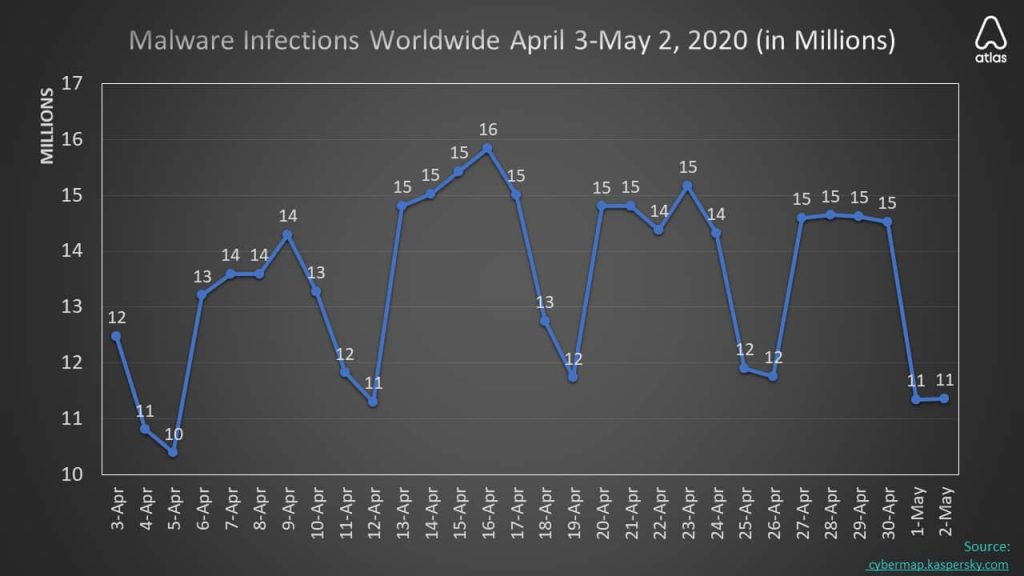Two rebel group leaders have announced that they want to follow a call for peace by President Félix Tshisekedi. But the victims are worried about seeing them eventually join the Congolese army.
The two rebel groups have been operating so far in northern North Kivu province, in the and Lubero territories. Kakule Sikuli and Kakule Masibi, from the group " Union of Congolese Patriots for Peace " (UPCP) and the " Mai-Mai Charles " group, dropped the weapons on Monday (04.05.2020).
Two leaders of a well-known militia active in North Kivu province in the Democratic Republic of the Congo went to the security forces, said the authorities on Tuesday.
Lafontaine Sikuli, Commander of the Armed Group Union of Congolese Patriots for Peace (UPCP), and Iloveyou Kakule, another leader, visited on Monday, said North Kivu governor Carly Nzanzu Kasivita to journalists after a meeting with the committee security of the province in the capital Goma.
" We welcome the decision of these leaders of an armed group to put an end to the violence. We hope they will help us convince other compatriots who are still committed to armed activities in North Kivu province to drop the weapons. The government's policy for North Kivu is to put an end to decades of insecurity ", said Mr. Kasivita.
surrender comes after the militia has been weak by the government forces (FARDC) following an offensive launched last October, according to analysts.
" Lafontaine Sikuli is one of the veterans of the Mai-Mai Chiefs of the region. But he doesn't have much influence after losing many of his fighters. He is under pressure and had to take an olive branch offered by the current Kinshasa government to surrender ", said to the agency Eugene Eugene Kabange, a security analyst based in Goma.
Sikuli, whose militia was active in the city of Lubero in North Kivu, also said he was ready to join in the process of peace restoration in the region.
"I listened to President Felix Tshisekedi's call [ to peace ] after seeing that he had committed to bring peace to the Democratic Republic of the Congo, especially in the east", Mr. said. Sikuli to the journalists.
The Union of Congolese Patriots for Peace was based in Bunyatenge, south of Lubero.
More than five years ago, the group formed an alliance with a Rwandan rebel group, the Democratic Forces for the Liberation of Rwanda (FDLR), according to a North Kivu human rights group called GADHOP.
But the FDLR-UPCP coalition split after the emergence of divisions in the management in 2015.They were presented to the press and members of the region's Security Committee. Some of these repented rebels have decided to join the Congolese army while others have chosen to reintegrate into social life.
Call launched by President Félix Tshisekedi
Kakule Sikuli Lafontaine, one of the rebel leaders says
that this surrender is supported by an appeal made by the head of state who wants the pacification of the eastern Democratic Republic of the Congo (DRC). " Since 1999, we've been in the bush. We did not drop weapons following operations against armed groups, but we decided to drop the weapons so that together, together with the Congolese government, we can find solutions to the security challenges in our region ", explains the ex - rebel leader.
Convinced of his decision, he invites "all those who remain in the bush, that the time has come for the peace promoted by number one of the Republic and the governor of North Kivu to materialize".
People between hope and trust
The inhabitants of one of the of territories in which these rebels were committing abuse greet their decision to drop weapons and invite other armed groups to drop weapons.
On the other hand, they are opposed to the possible integration of these ex-rebels into the Congolese army. They think they have committed too many crimes and have no legitimacy to defend the population they once massacred.
Thus, for James Havugimana, capita, these rebels " are people who raped and killed our mothers. They scared us for a long time, we think they are not worthy to serve in the army ".
Forgive and reconcile
In the face of this distrust of the people, the authorities are disseminating messages of appeasement.
For Carly Nzanzu Kasivita, governor of North Kivu province, these former rebels " have agreed to drop the weapons and we ask all patriots to support efforts in the search for peace in our province. We continue to raise awareness of the culture of peace and we thank these armed groups who have accepted this call by wanting to give our province a chance ".
North Kivu province continues to face serious security challenges with the presence of several armed groups preventing the economic development of this eastern DRC, border with Rwanda.
For Martin Fayulu, he had this to say as he mainly indicated the active rolevof one of DRC's neighbour in accelerating rebel groups;an "open and honest dialogue must be engaged with our neighbours on their destabilizing role"
Martin Fayulu Madidi, president of the political party commitment to Citizenship and Development, (ECIDé), spoke on May 1, 2020 on the security situation in the eastern Democratic Republic of the Congo during an interview given to the Council on Foreign Relations, (CFR), an American non-supporter think to analyse US foreign policy and the global political situation.
For this member of the Presidium of lamuka, the Armed Forces of the Democratic Republic of the Congo (FARDC) must be reorganized as they are at the highest levels of command.
" When we talk about security in the DRC, it's important to look at the origins of recent instability in the country: the invasion of our country in 1996 by external forces, sponsored directly or indirectly by some of our eastern neighbours. The series of events that took place has left us an army that is a mosaic of various rebel groups and is, by essence, infiltrated at its highest levels of command by forces against a free and democratic Congo ", a - he let it be known.
According to the former presidential candidate of December 2018, until this situation is discussed in order to remedy it, progress on the security front is utopian.
Martin Fayulu also mentioned the need for an "honest dialogue" between the Democratic Republic of the Congo and its neighbours as one of the pre-entry of peace to the east of the country.
" In addition, an open and honest dialogue needs to be engaged with our neighbours about their destabilizing role. There can be no peace without truth and justice. To this extent, I have repeatedly supported the efforts of the Nobel Peace Prize, Dr. Denis Mukwege, to extract from graves the findings of the United Nations mapping report that clearly identifies the root causes of our security problems ", he added.
With regard to peace-keeping efforts, Martin Fayulu believes that the UN's mandate needs to be reviewed to adapt it to the realities on the ground and make it more effective.
"The combination of a truly sovereign army and a more adequate UN mandate will greatly contribute to reducing conflicts in the East", said the President.
According to the latest report of the Security Barometer of Kivu, December 2019 has been the most deadly for civilians ever recorded by this structure since its creation in June 2017. 117 people have been killed in attacks mainly to the Islamist rebels of the Democratic Forces Forces (ADF).















